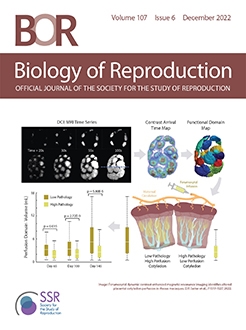Controlled ovarian stimulation (COS) is a major component of assisted reproductive technologies. Clinically, it has been observed that some women experience changes in thyrotropin levels following COS, which then bring about subclinical hypothyroidism and may adversely affect conception. Studies have also shown that the specific degree as well as the tendency of changes in thyroid function vary with differences in thyroid function before pregnancy, thyroid autoimmunity, the COS regimen, and the observation time point. However, the associated pathophysiological mechanism of the effects of COS on pregnancy has not yet been fully elucidated. This may be because increased estradiol levels, caused by COS, induce increased levels of thyroxine-binding globulin, resulting in a decrease in free thyroxine (FT4) level and an increase in TSH level. Conversely, it has also been observed that human chorionic gonadotropin (hCG) can act directly on thyroid cells, exerting opposite effects on FT4 and TSH levels. Additionally, the effects of COS on thyroid function may be more pronounced, especially in women with autoimmune thyroid disease or thyroid dysfunction before pregnancy, ultimately leading to subclinical hypothyroidism. Here, we review recent research progress regarding the effects of COS on thyroid function during pregnancy.
Summary Sentence
The use of controlled ovarian stimulation drugs in assisted reproductive technologies can increase serum thyrotropin levels, possibly leading to hypothyroidism.





